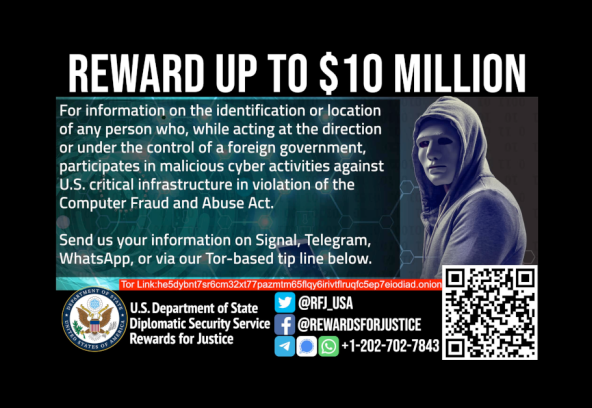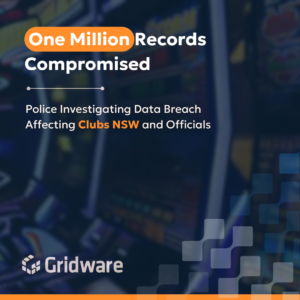The hunt for the CL0P ransomware group is on, with a whopping $10 million reward in the spotlight. It’s a high-stakes game in cybersecurity.
Cracking the CL0P Code
The question now is, how might one assist in this pursuit? Potential leads could come from an array of sources. Identifying unusual digital activity, noticing recurrent patterns in attacks, or tracing connections to known cybercriminal networks could all provide valuable information. In-depth knowledge of ransomware coding and behaviour might also point to the specific group or individual involved.
The bounty’s goal is to gather insights leading to the identification of those acting under a foreign government, involved in malicious cyber activities. Even a tiny detail could help unmask the cloak of anonymity they currently operate under.

The Changing Face of Ransomware
Ransomware threats have evolved. Earlier, hackers would lock a victim’s data and demand ransom for the unlock key. Now, they’re upping the ante by stealing the data too. Victims are faced with a dual challenge: restoring their data and preventing its misuse.
CL0P’s Double Threat
The MOVEit attacks showed us a new risk. The CL0P group found a weak spot in the software, took important data, and asked for a ransom. And the aftermath? Not only were businesses halted, but they were also faced with the serious concern of their sensitive data being misused or disclosed publicly. The threat of this potential data exposure hung over them, creating a constant state of unease and urgency to resolve the issue.
The Implication of the Bounty
The US Rewards for Justice (RFJ) program has put up a hefty bounty of $10 million. It aims to identify those engaged in cybercrime under the guise of a foreign government. This unprecedented bounty underscores the severity of these crimes.
Navigating this complex cybersecurity landscape can be daunting. Our Cyber Security Guide offers a starting point. If you’re looking to build a robust defence strategy, our Cyber Security Strategy could be useful.




